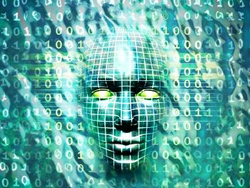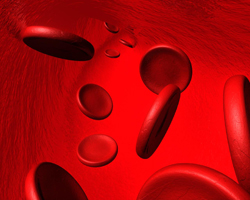Have you ever been stopped at a red light even though there isn’t a single car on the intersecting street to take advantage of the green light? If so, you’ve had firsthand experience with the glitches of top-down traffic systems.

In most cities, traffic runs on an “optimal” cycle designed to maximize the flow of traffic expected for certain times of day, such as rush hour. The problem is that this optimal condition never happens in real life. Most traffic lights run on timers that are set in advance to anticipate how many cars will be at any intersection at any point during the day. Researchers create these settings based on averages, thorough research, and years of experience. However, in real life, traffic doesn’t act how it’s “supposed to.”
That’s why researchers in Germany are taking a completely new approach to traffic control. Read the full article from ScienceNews, and see why this story made the top science news of 2010.



